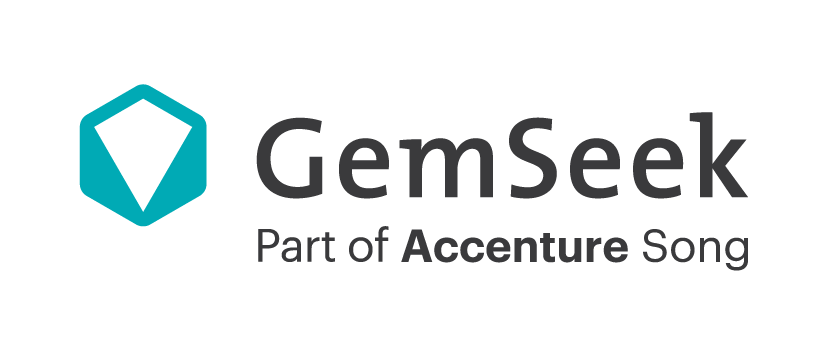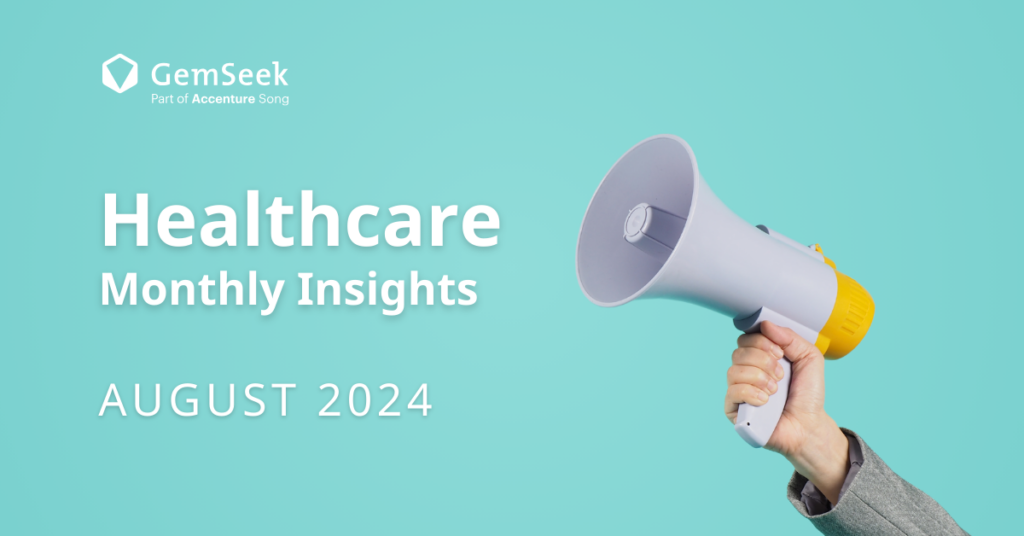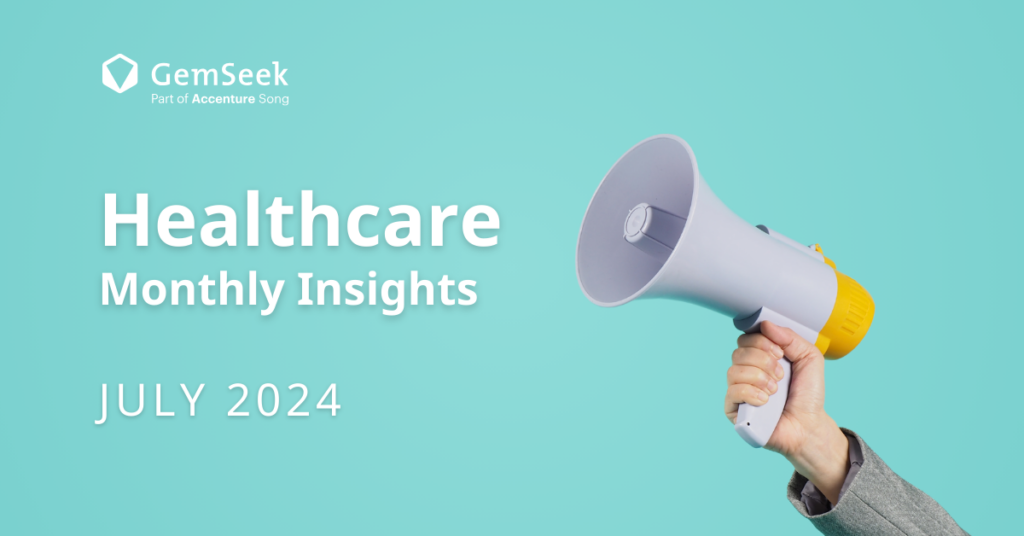Healthcare and technology now go hand in hand. With the transformative power of big data, cloud services and mobile technology, the sector has been flourishing for over a decade.
Remote Patient Monitoring (RPM) is among the notable healthcare innovations. Based on recent-decade discoveries, RPM facilitates the interaction between patients and physicians from a distance. The MedTech service aids improving care, whilst reducing health system cost. With increasing global aging of the population, the healthcare sector reports rising prevalence of diabetes, cardiovascular and respiratory diseases. RPM experts anticipate both increasing patient satisfaction and improving the overall health of the population.
Added Values of RPM
MedTech wearables are only a small portion of the recent market explosion. [1] Whilst companies develop healthcare software solutions to collect and analyze data from sensors, RPM is already proving its undoubtful potential to improve care. To study the impact of RPM, a US hospital network launched its pilot cancer RPM program across multiple states. The program reported:
- 50% reduction in hospital readmissions
- 50% reduction in emergency hospitalisation and department visits [2]
Regarding the expenditure impact, a KLAS Research reported significant cost reduction rates, along with reduced admission rates. [3]
It is now more common for post-discharge plans to include RPM health services for patients in need of further medical monitoring. The technology is yet to be adopted, as more countries are working on establishing reimbursement regulations for such healthcare solutions.
Health systems such as Medicare have included RPM programs in their reimbursement frameworks. [4] Following the recent coronavirus outbreak, US regulators have allowed Medicare reimbursement for providers using telehealth to treat seniors at their homes, regardless of geographical restrictions, urban or rural settings. [5]
RPM Healthcare Benefits
- Significant reduction of emergency room visits and lower readmission rates.
- Reduction in hospital wait times.
- Improvement of accessiblity to healthcare for patients in rural areas.
- Improvement on diagnosis and treatment.
- Improvement on chronic and mental disease management.
- Improvement on treatment control and efficiency, e.g. via improved medication adherence.
- Improvement on clinical trial participation adherence.
- Optimization and reduction of healthcare costs.
- Increase in patient satisfaction.
- Decrease in staff burnout rates.
Current RPM Landscape Overview
Experts divide the RPM market into two major segments:
- Software Analytics: developing RPM-compatible analytics solutions.
- Hardware Developers: developing devices and sensors to capture and transmit data on their own.
By application, the most addressed conditions via RPM wearables and sensors include cardiovascular diseases (CVDs), diabetes, sleep apnea and chronic respiratory diseases. The latter are dominating the market, expected to remain the largest product segment.
Recent AI-Based RPM Innovations
Biofourmis, a Boston-based startup, has developed its own AI analytics engine. The tech extracts data from remote monitoring devices, enabling experts to predict health outcomes and serious medical events. It covers several areas, including heart failure, coronary artery disease and COPD. In the light of recent events and as part of a national disease surveillance program, the company was selected to aid clinical teams and researchers in Hong Kong. [6]
ContinUse Biometrics is another key player adopting AI in its RPM solution. The Tel Aviv-based startup provides a robust of solutions, including non-touch, optic-based sensor platform that detects key biometric measurements in diabetes and cardiovascular disease patients. Through AI, their sensor system collects data to alert patients and physicians in case of condition deterioration. The solution simultaneously monitors 20 biometrical parameters, including blood pressure, cardiographs and muscle activity. [7] It is a functioning standalone device, but allows embedding into their partner technologies.
The San Francisco-based care navigation Startup GYANT offers AI-based chat solutions to collect and analyze patients’ medical history. The company is partnering with some of the largest healthcare providers. [8] Their solution provides information, self-care advice or referral to the appropriate care setting. The AI-enabled platform integrates into any EHR system, allowing health systems to solve problems such as timely health service delivery and patient engagement. [9] Inspired by the Zika virus outbreak, the company developed an AI-based virtual assistant assessing people’s risk, whilst providing information about reducing exposure or finding healthcare options for potentially affected women.
The Way Forward
RPM technology is reaching certain levels of maturity across different global markets. Experts expect it to become widespread, with the US currently leading the adoption process.
Future predictions include RPM to become more convenient by offering smaller and less invasive sensors and devices. Accessibility factors lay in increasing application of AI-based predictive analytics and alerts, albeit becoming more vendor-neutral through integration with partner technologies and B2B models.
Sources
- Allied Market Research, Remote Patient Monitoring Market Growing at a CAGR of 17.0% To Transform the Face of Healthcare Industry by 2022 (MedGadget, 22/04/2019)
- Mercy.net, Remote Monitoring Keeps Patients with Chronic Conditions out of the Hospita (Mercy.net, 10/07/2018)
- Shelagh Dolan, The technology, devices, and benefits of remote patient monitoring in the healthcare industry (BusinessInsider, 05/04/2019)
- Robert Dillard, Every Step You Take: What is the Future of Remote Patient Monitoring? (DocWire, 28/02/2020)
- Eric Wicklund, Telehealth Coverage Included in Coronavirus Spending Bill (mHealth Intelligence, 04/03/2020)
- Heather Land, Telehealth Coverage Included in Coronavirus Spending Bill (Fierce Healthcare, 06/03/2020)
- Globes Correspondent, Medical monitoring co ContinUse Biometrics raises $20m (Globes.co.il, 13/03/2020)
- PYMNTS, How Hospitals Use AI To Triage The Triage (PYMNTS, 09/03/2020)
- Erik Birkeneder, How Algorithmic Empathy Will Improve Health Careem (Forbes, 13/02/2020)



